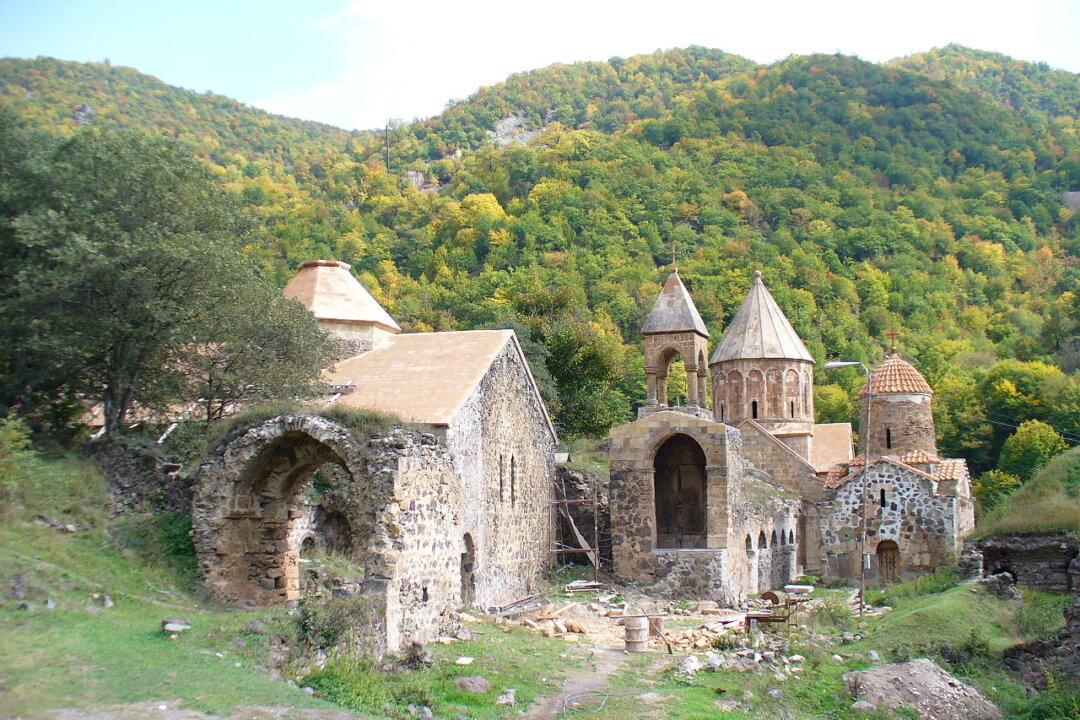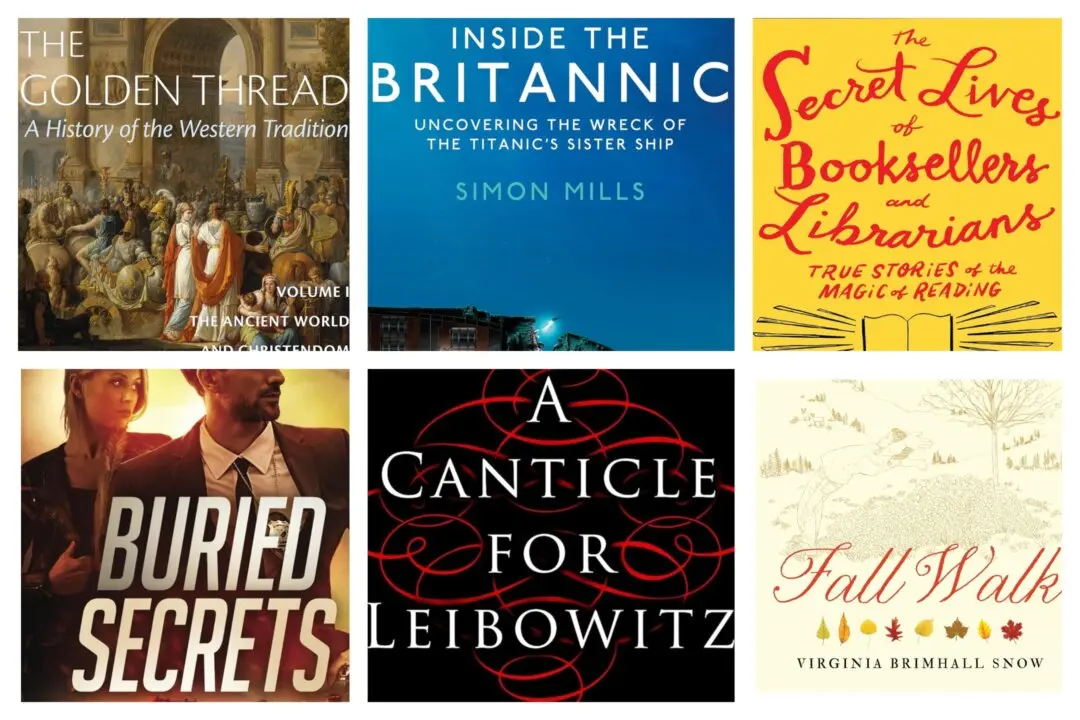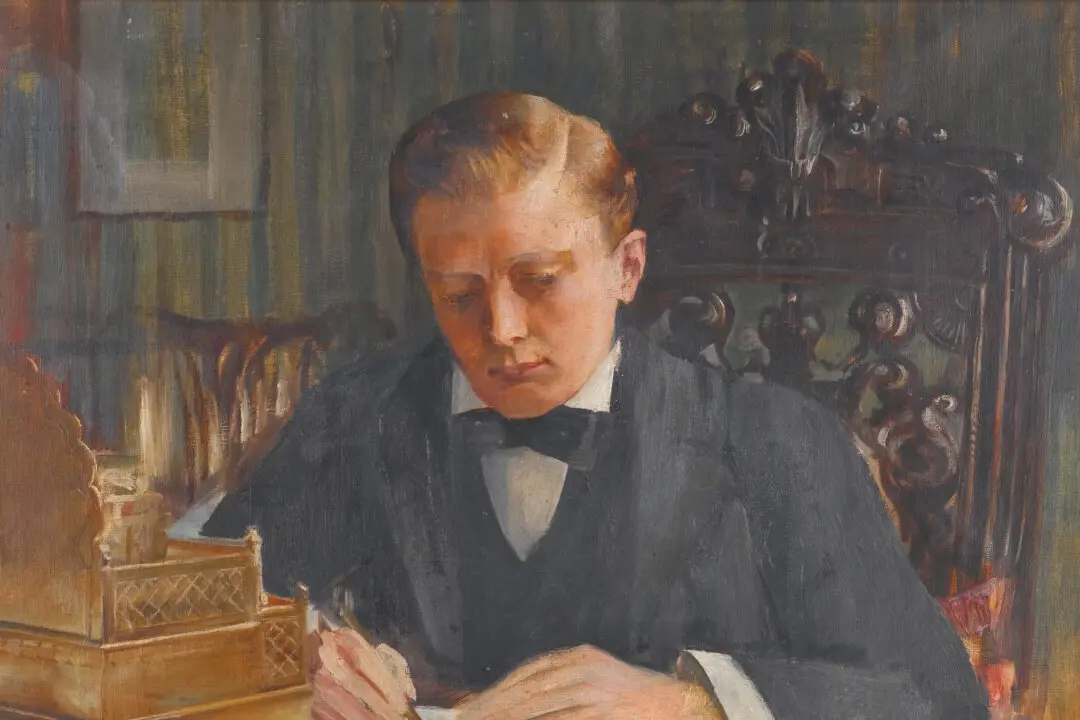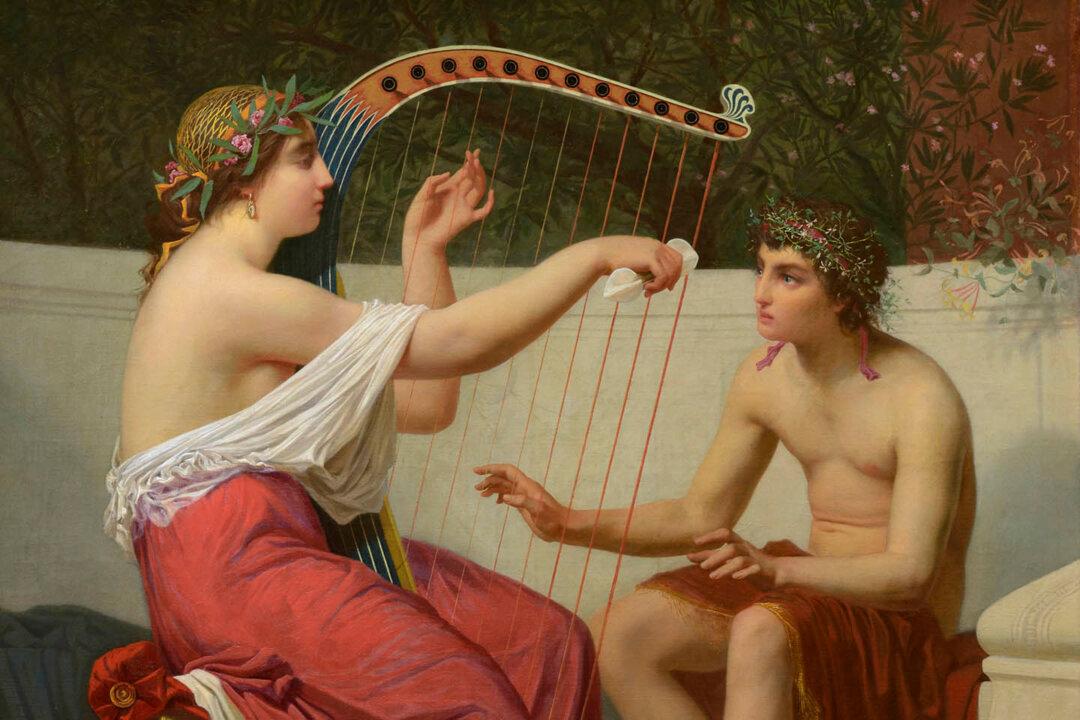In 1965, I was an eighth grader at Virginia’s Staunton Military Academy, a school now long defunct.
One day a classmate, Thomas A., told me the story of his Armenian grandmother, how some Turkish troops had entered her village, how she had hidden away either in a cellar or under a bed (that detail has vanished from my memory) while neighbors and family members were either shot or bayoneted, and how she and a few others had escaped and eventually made their way to the United States.






